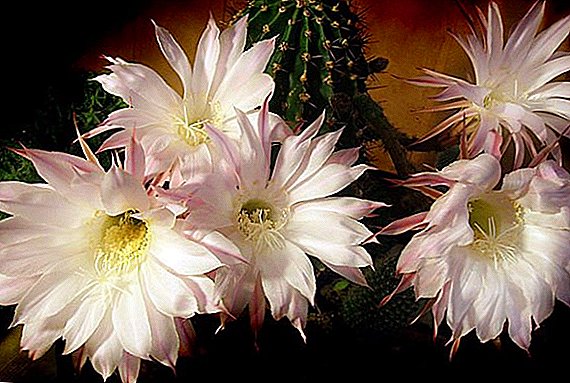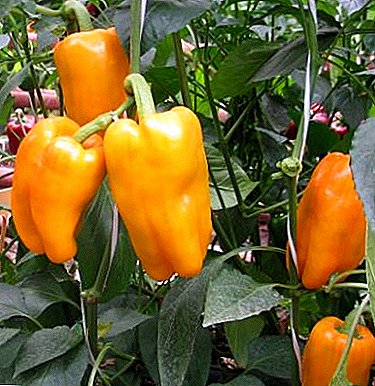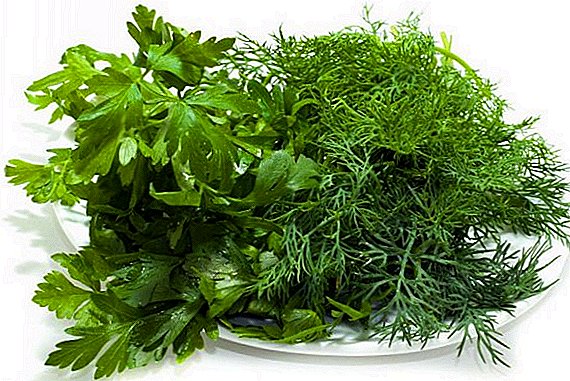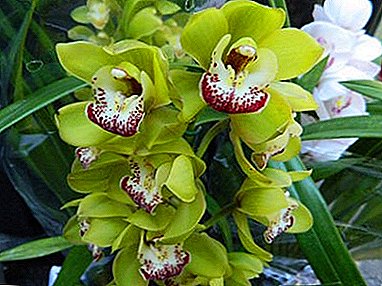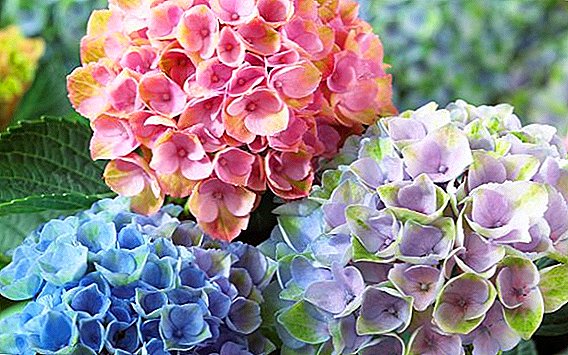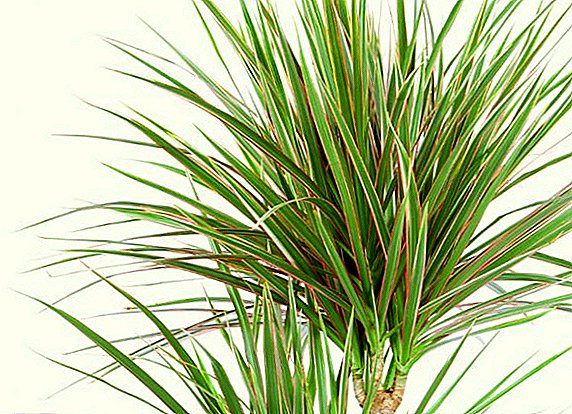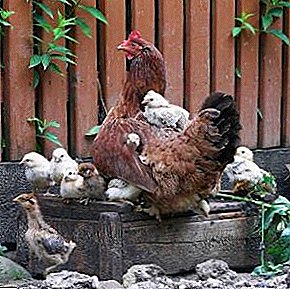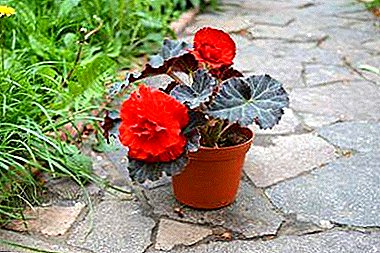
Dill is one of the most common herbs used in cooking. Green takes its roots in Asia (in various sources - Central and South-West). It was there that wild-growing dill was found and adapted for eating.
Nowadays, dill is widely grown and used in almost all corners of the earth where there is access to sunlight. Due to its persistent peculiar smell, dill is an excellent addition to dishes from any kind of meat, fish, poultry. Soups and salads also become much tastier and richer if you add these greens to them.
Dill is widely used when salting vegetables for the winter. It is very important that you can find the use of both fresh greens, and dried dill, and even seeds. Dill is a part of such common seasonings as adjika and hops-suneli. Greens contain a huge amount of nutrients, micro and macro elements, vitamins and essential oils.
Are useful properties lost?
Let us dwell in more detail on the drying. It has been scientifically proven that in comparison with freezing, properly dried greens contain more vitamins and trace elements, such as:
- calcium;
- iron;
- phosphorus;
- magnesium;
- beta carotene;
- vitamin E, C.
Which varieties are best suited?
All grades of dill are suitable for drying, but it is better to choose with the highest content of essential oils, such as:

- Alligator.
- Richelieu.
- The mischievous
- Grenadier.
- Redoubt.
- Frost.
- Kutuzov.
These varieties for several years retain lasting flavor.
When and how to collect greens?
It is better to dry the young plant before the appearance of umbrellas on it. Such dill has not lost its succulence. The best time to collect is the beginning of summer. When collecting, preference is given to fresh and elastic sprigs of dill evenly green in color with a specific smell. After collecting the twigs, you should carefully examine the presence of bugs and insects, remove the yellowed and dented twigs. Drying of umbrellas and dill seeds is also allowed for pickling.
If possible, do not wash the greens before drying. If the greens purchased, it is necessary to gently rinse with cool water, and then dry the dill with a towel or paper napkin to prevent rotting.
How to make a plant dried?
Dill dried whole or crushed. It is recommended to dry the branches completely, and then in the dried state to separate the thin leaves from the stem. If necessary, you can grind additional fingers. With this method of drying, the greatest amount of essential oils and trace elements is preserved.
In the open air
 There are two ways of natural drying: vertical and horizontal.
There are two ways of natural drying: vertical and horizontal.
- Vertical more suitable for drying the whole dill. To do this, fennel sprigs are collected in bundles of 5-7 pieces, gently pull over the thread (it is important not to damage the stem) and are suspended from 7-10 cm from each other. The place where the greens will be dried should be well ventilated and inaccessible for exposure to sunlight. Ideal attic or attic.
- During horizontal drying dill is laid out with a thin layer on the surface where there is no sunlight. Here it is necessary to keep an eye on the greens, turning or stirring as necessary in order to prevent debate or rotting. Such drying usually takes 2-3 days. You need to constantly monitor the process, as when drying the dill loses most of the beneficial properties and vitamins.
In the electric dryer
Dill lay out a thin layer on the grill and choose a temperature of 40 degrees. If there is a “grass” mode in the electric dryer, then drying becomes even faster and easier. On average, this process takes 2-3 hours.
In the oven
Far from everyone has an electric dryer, therefore drying in the oven is considered the most convenient method.
- Dill place a thin layer on a baking sheet. It is very important not to allow the greens to come into contact with the metal; this can cause yellowing of the dill and loss of micronutrients.
- Dill dries at a temperature of 30 degrees to wilt, then it is necessary to increase the temperature to 50 degrees.
- The oven door should be ajar during the entire drying period to create additional air circulation.
Usually drying in the oven takes about 3 hours.
Every 30-60 minutes you need to remove the baking sheet and check the greens, if necessary, turn over or mix so that the drying process proceeds evenly.
In the microwave
- Dill lay out a thin layer on a paper or plain flat plate, the top is covered with a napkin.
- Greens put in the microwave for 3 minutes at maximum power.
- After this time, the dill is removed, the paper is removed, inspected, mixed if necessary, or turned over and sent back to the microwave for another 3 minutes.
In a refrigerator
 This is the longest drying method.
This is the longest drying method.
- Dill spread with a thin layer on a flat plate or pan and cover with a napkin on top.
- For 2-3 weeks, the greens are placed in the fridge on the top shelf or in the compartment with a positive temperature.
- Periodically it is necessary to inspect, turn over the greens and change the napkin. During this time, all the moisture comes out and the dill is dried on its own.
How to prepare it for the winter so that it stays green?
If improperly dried, greens may turn yellow. In this case, not only the appearance of greenery is spoiled, but a large amount of vitamins, nutrients and essential oils are also lost. The main reason for yellowing dill - overdrying.
Highly It is important to closely monitor all stages of drying, timely turn over and stir the greens., observe the correct temperature conditions. When drying in the refrigerator and in the microwave it is necessary to cover the dill during the whole process.
Where to store properly?
Check the readiness of dried herbs is very simple: properly dried dill will be rubbed between the fingers, without turning into dust. If the dill breaks, crumples, but does not pound, drying should be continued.
It is recommended to keep dried greens in a darkened glass container with a tight-fitting lid in a cool, dark room. Also suitable for coffee bags with zippers, paper bags, linen bags. It is necessary to avoid moisture and direct sunlight on the dried greens. This will allow for a long time to preserve vitamins, micro and macronutrients, as well as the aroma of greenery.
What dishes can I add?
 Dill is used not only in cooking, but also as an independent drug., which can be used in almost unlimited quantities. Dill is an excellent antiseptic and anti-inflammatory agent. From the dried fennel broths are prepared, helping to lower blood pressure, normalize heart rate, clean the vessels.
Dill is used not only in cooking, but also as an independent drug., which can be used in almost unlimited quantities. Dill is an excellent antiseptic and anti-inflammatory agent. From the dried fennel broths are prepared, helping to lower blood pressure, normalize heart rate, clean the vessels.
Dill also helps reduce blood sugar and ease the course of diabetes. Greens are recommended to be added to all dishes, including salads, it favorably affects the gastrointestinal tract and improves appetite. Also, green has a sedative effect, it is recommended to use in case of sleep disorders and stressful situations.
Due to its flavor, dill can not be compared with any other herbs: basil, parsley, cilantro. All of them are good in their own way, but without dill the taste of any dish becomes less bright and saturated.
Choosing between greens bought on the market, and grown on their own, it is better to give preference to the second option. Especially Now dill can be grown even at home. In the apartment for this purpose, special boxes with pallets and peat pots are used.
In specialized stores you can find a lot of different additives, thanks to which it will be very easy to grow these greens. It also does not occupy much space. You can even place it on the windowsill. This is a great alternative to buying greens on the market.


